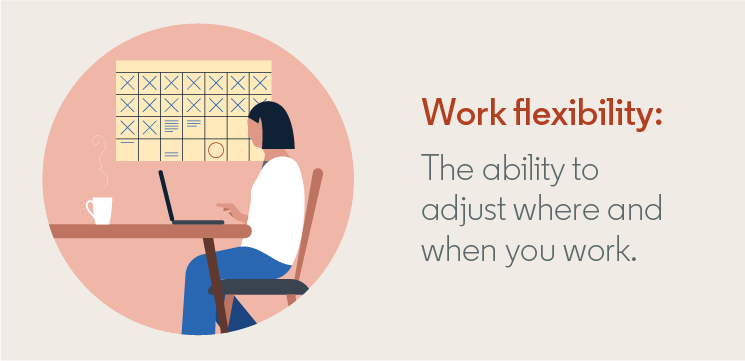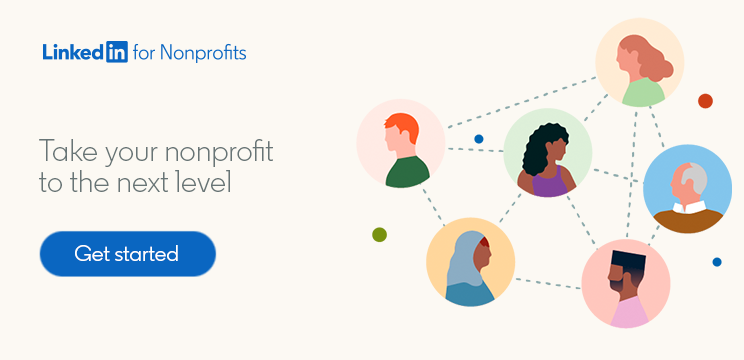
How Nonprofits Can Welcome Women Back After a Career Break
The majority (64%) of women experience a career break at some point in their lives, according to global LinkedIn data. But while career breaks are common and often unavoidable among both men and women, insights from Linkedin’s Economic Graph in the U.S. reveal that women are taking longer to reenter the workforce, with the length of their career breaks spiking 39% in 2020.
One possible reason for this is the stigma that surrounds career breaks. More than half (56%) of the women LinkedIn surveyed believe that having a gap on their resumes will make them less attractive candidates to employers, and 59% say they’re nervous about returning to work.
As one of the world’s largest employers, the nonprofit sector is in a prime position to help normalize career breaks for people of all gender identities — and ensure their organizations are not missing out on talented employees who just need a little help restarting their careers.
To help you break down barriers for returners, we spoke to three nonprofits that champion gender equity in the workforce and empower women to grow their careers: Path Forward, Women’s Economic Ventures (WEV), and NextUp. Here are their tips for creating a welcoming, supportive environment at your organization for women returning to work after a career break.
Be intentional about creating space
In some cases, women are eager to get back to work but find it difficult to get their foot in the door. The stigma around career breaks can make it difficult for people with resume gaps to get noticed, let alone get hired.
According to Path Forward, one of the most important things nonprofits can do to welcome returners is to create space for them. This may require a shift in how hiring managers think about the “ideal” candidate. When writing job descriptions, for example, take a step back and consider what transferable skills are needed to get the work done. Candidates may have developed these skills in a previous role, but they may equally have honed them while juggling caregiving responsibilities at home.
Being intentional about creating space isn’t just a mindset. Nonprofits can also create dedicated pathways for returners, such as offering returnships.

“At Path Forward, we have seen firsthand how organizations of all sizes and across all industries have benefited by welcoming caregivers back into their organizations with open arms,” says Tami Forman, Executive Director of Path Forward. “This is a diverse, often untapped source of talent, and the caregivers that you bring back into your organization through programs like returnships are going to be smart and dedicated and passionate. It’s something you won’t regret.”
Provide training, mentorship, and peer-to-peer support
While women returners bring a wide range of skills and experiences to organizations, it may take them a little time to get caught up, especially if they’ve been out of the workforce for multiple years.
“Our biggest piece of advice is, let’s break down those barriers that have been preventing them from returning,” says Sarah Alter, President and CEO of NextUp. “Be proactive and provide them with robust training and support that’s flexible for them when they need it.”
Beyond training, nonprofits can institute a buddy system to help returners acclimatize and get comfortable at the organization. You could also create opportunities for them to connect with mentors who can support them as they get their careers back on track.
When looking for potential onboarding buddies and mentors, WEV suggests asking around to find out if there are other people at your organization who have experienced a career gap. They may be an invaluable source of support for the returner, becoming a role model they can turn to with specific questions or concerns.
Be flexible, encouraging, and empathetic
With many women forced to leave the workforce for reasons beyond their control — both resulting from the pandemic and unrelated to it — NextUp says that showing empathy and understanding is critical.
WEV recommends actively thinking about ways to build returners’ confidence. Affirm that their talent is still accessible to them — it may just take a little while to fire up. And no matter how much experience they had before their career, don’t expect them to hit the ground running when they return to work. Remember, they might have climbed a mountain to get here, so be patient, encouraging, and flexible as they find their footing again.

“Give them flexibility — of their hours, of their location — to allow that new shift in their routine to become a part of their lives,” says Nicki Parr, Director of Programs and Strategy at WEV. “Above all, tell them to pace themselves. It’s a huge shift returning to the workforce.”
Together, let’s normalize career breaks
There are lots of reasons why people of all gender identities may need to take a career break at some point in their lives. Taking steps to make reentry into the workforce as smooth as possible benefits everyone, helping to normalize career breaks and giving your organization access to an often overlooked and untapped source of talent. As an added bonus, your current employees will appreciate working at an organization that provides this kind of support to staff.
If you are interested in learning more about how you can support women in the workplace, excel as a woman in leadership, or negotiate a more flexible work schedule, the following LinkedIn Learning courses are unlocked through the end of March — feel free to share them with someone who needs them:
LinkedIn is also adding new ways for members to reflect career breaks on their Profiles. Click here to learn more about what this means for you as an employer, and if you know someone who has taken a career break, consider sharing this article with them that offers more insight into how to use this feature.

